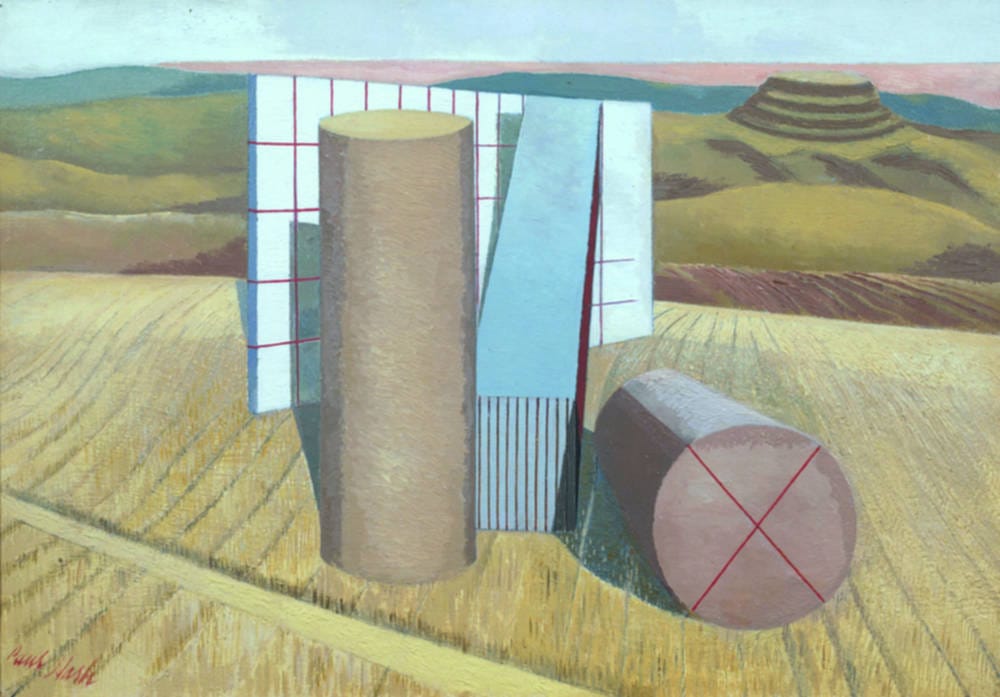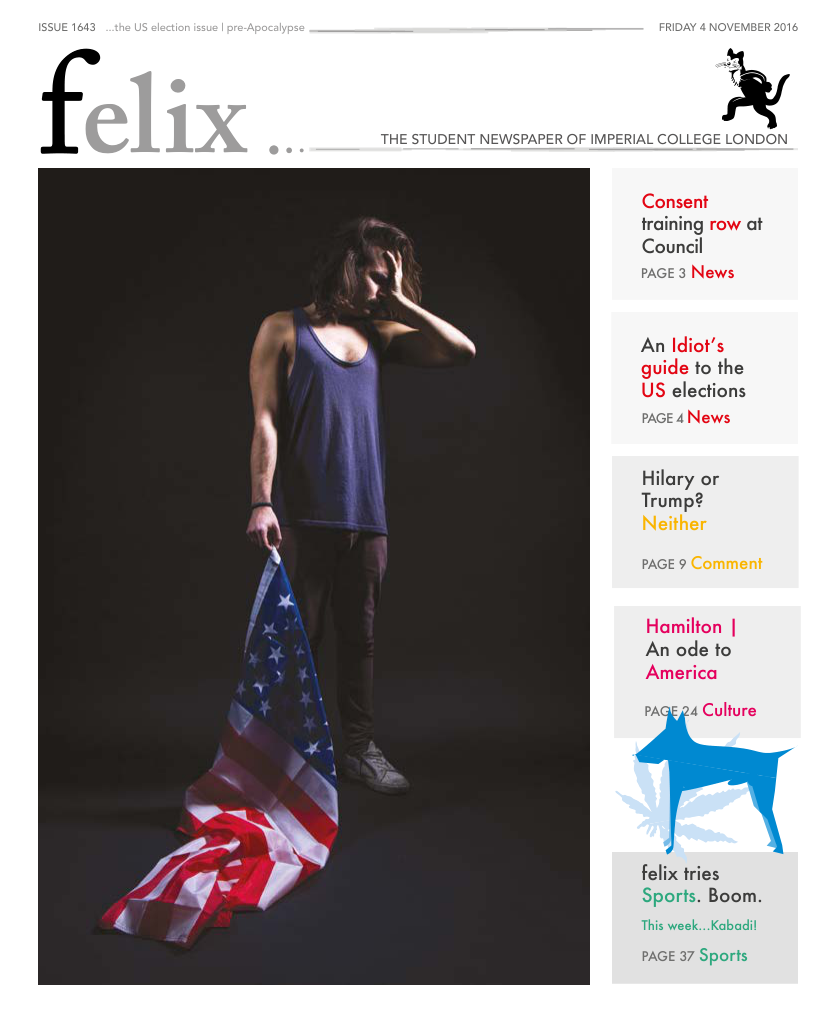Oneiric landscapes of strange enchantment
Paul Nash is on at the Tate Britain until 5 March 2017
Paul Nash was an artist best known for two things: his portrayal of English landscapes, and his work as an official artist in both World Wars.
Nature and war - two seemingly irreconcilable themes, are portrayed by Nash in his own distinctive style. Born in Kensington, he spent his early years painting the scenery of his country home in Buckinghamshire. Even in these earliest works Nash imbues his landscapes with character, such as in The Three, where a cluster of three elm trees form a strange, vaguely menacing figure that towers over the surrounding farmland. Nash was also a poet and a writer, and his early symbolic images of the sea, the moon, and the night (themes that would recur in his later works) were accompanied by verses penned by his own hand.
Nash was enlisted as a private in 1914 as WWI was breaking out. By 1917 when he returned to the Western Front as an official war artist, his initial idealism had been completely shattered. In a letter to his wife, he wrote, “Sunset and sunrise are blasphemous… It is unspeakable, godless, hopeless.” Nash no longer saw himself as an artist, but as a messenger whose role was to expose the horrors of war. Being the great nature-lover that he was, Nash portrayed the brutality of war not in bloody scenes of carnage, but in landscapes violated and destroyed. In his cynically titled work We Are Making A New World, the black and blasted stumps of trees point starkly from the gouged earth towards a blood-red sky; almost a denunciation. Also on display is The Menin Road, a large oil painting showing two soldiers struggling along a surreal landscape pockmarked with shell-holes and detritus. The soldiers are dwarfed in the hostile landscape, the path is barely visible, and once again truncated tree-trunks point impotently at the sky.
One gets the sense that objects are never quite what they seem
Suffering from emotional shock, Nash moved to the seaside village of Dymchurch to recuperate after the war. The sea, as well as the Dymchurch seawall, were the subject matter for a number of paintings he created. It was also at this time when he began to experiment more with geometric and abstracted shapes. In the bleak and visually arresting “Winter Sea”, monochromatic waves roll in towards the viewer, turning as they do so into angular, unmoving frozen sheets.
With Nash, one gets the sense that objects are never quite what they seem.
In Totes Meer, one of the most famous images of WWII, the jagged crests of a roiling sea threaten to crash onto an adjacent plain. But a closer look reveals it to be static and dead – the twisted carcasses of German airplanes under the moon. Drawing parallels between objects and things larger than themselves was a theme he continued to explore even in his last works. In Eclipse and Solstice of the Sunflower, a sunflower withers and blooms with the sun; in Flight of the Magnolia, blossoms unfurl as clouds in the sky.

Analogies aside, the isolated subjects of Nash’s works hide an occult significance or symbolism. Set alone in a desolate landscape, objects like the metal scaffolding of Pylons or the petrified piece of wood in Stone Tree seem to mean more than what they are at face value. Nash also placed large geometric objects in the middle of his landscapes, such as a cube on the shore in Dymchurch Steps or large abstract figures in Equivalents for the Megaliths. Displacing something from its usual context was, for Nash, a way to provoke disquietude and lend everyday objects an air of surrealism. Juxtapositions – between the object and the landscape, between sea and land, between the organic and the abstract – can be found everywhere in Nash’s paintings.
His landscapes, though vast and desolate, are charged with a primal power and mysterious symbolism. Devoid of human figures, theirs is an unsettling and empty world. But as Rilke says, “beauty is nothing but the beginning of terror”. Their very strangeness makes them beautiful. Endlessly confronting the viewer, Nash’s works seem to pose questions to which no answers exist.









